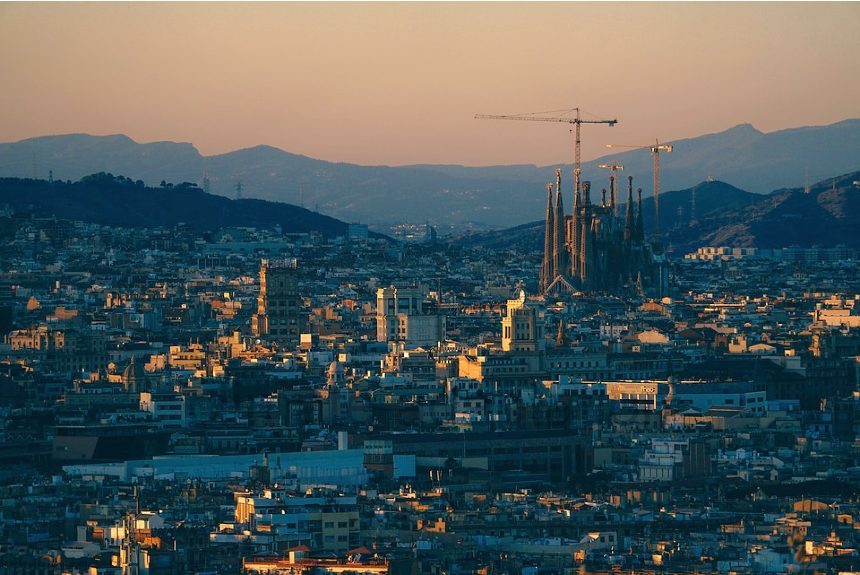An article in the Conversation makes a great case for how urban living could be bliss and gives some examples of metropolitan cities worldwide that have shifted our perceptions of living in dense urban areas.
When we think about urban density, the picture that usually comes to mind is congested roads, expensive housing, noise and air pollution, shoebox apartment living, vertical slums, etc. – not a lovely picture.
While this condition is true in many crowded cities worldwide, some exceptions exist.
Melbourne, Australia, is a fast-growing city, but that does not have to mean congested roads, high housing or rental prices. The city could do better than Paris or Barcelona—dense cities that Aussies admire and visit regularly.
Paris houses 213 people per hectare, Barcelona 156. Compare this with Melbourne, which averages 38 people per hectare, and Sydney, which has around 50 people per hectare.
Though densely populated, Paris and Barcelona are great cities because their higher living density makes their streets bust through well-designed mid-rise apartments close to shops, services, and efficient public transport.
Without adequate public transport, roads will soon be jam-packed with cars, high-rise apartments have multiple parking floors, and streetscapes will be rife with vehicle crossover ramps.
According to the article, parking spaces are valuable resources that could otherwise be used for green spaces to counteract the urban heat island (UHI) effect. They are essential for residents’ health and well-being.
An example of a liveable dense city is a Netherlands neighbourhood that houses 100 dwellings per hectare. It has minimal street parking, a speed limit of 15km per hour, and many trees and plants.
One will barely miss rows of apartments because of the area’s prominence of trees and vegetation.
The point of this type of city design is that it puts people and place first.
The article says this urban design is possible in any city with a “courageous policy change”.
This type of urban design, which allows for green spaces, fewer cars, utilizing public transport, and retrofitting urban spaces to cope with natural hazards, is also a great climate adaptation and mitigation strategy and one that could increase a city’s resilience against climate change effects like rising temperatures, severe rainfall, and flooding.
Read the entire article by clicking the link below.
Source Citation:
Croeser, T. & Gunn, L. (2020, February 19). No need to give up on crowded cities – we can make density so much better. The Conversation. Retrieved from https://theconversation.com/no-need-to-give-up-on-crowded-cities-we-can-make-density-so-much-better-131304



Leave a Reply